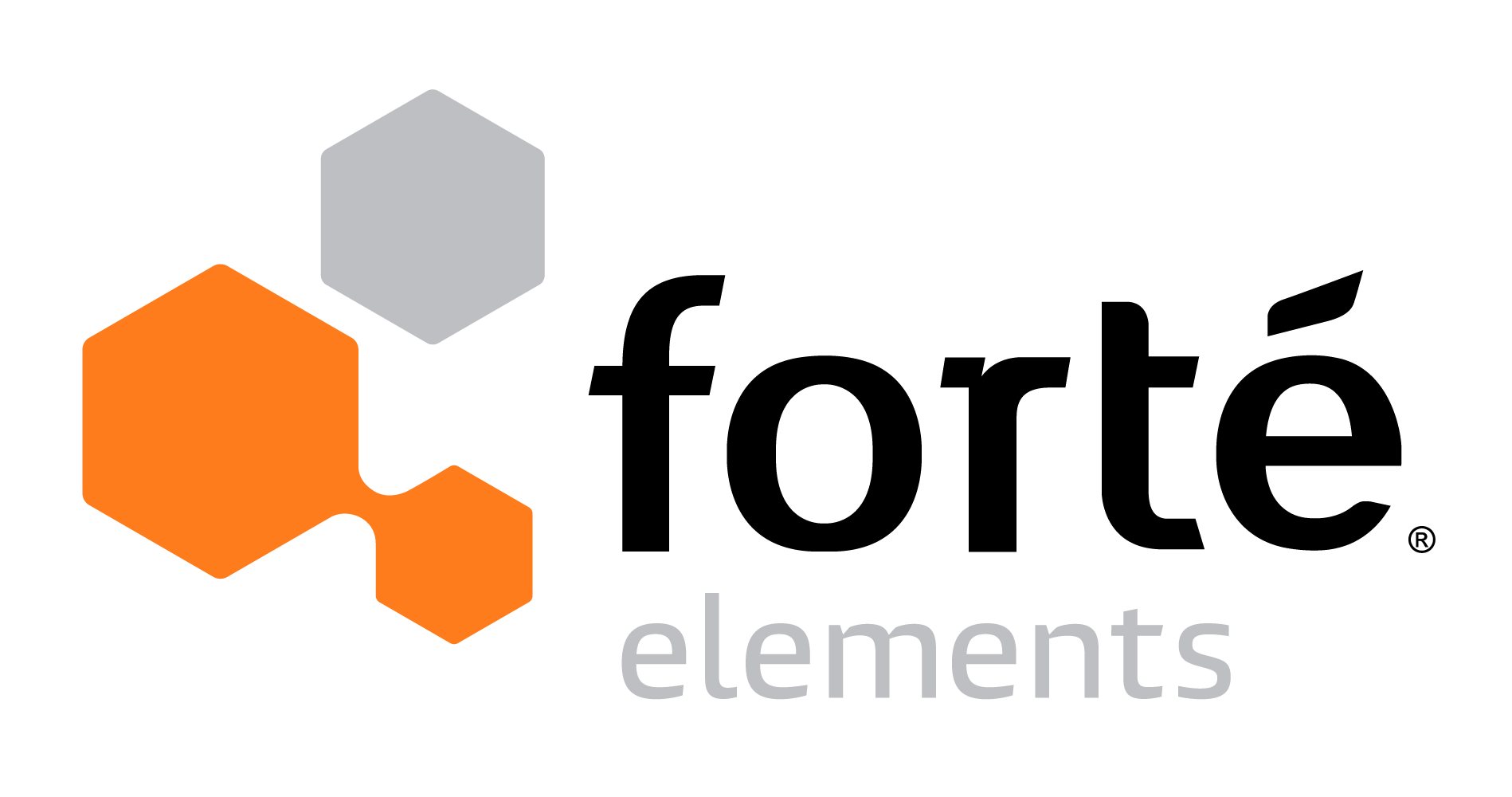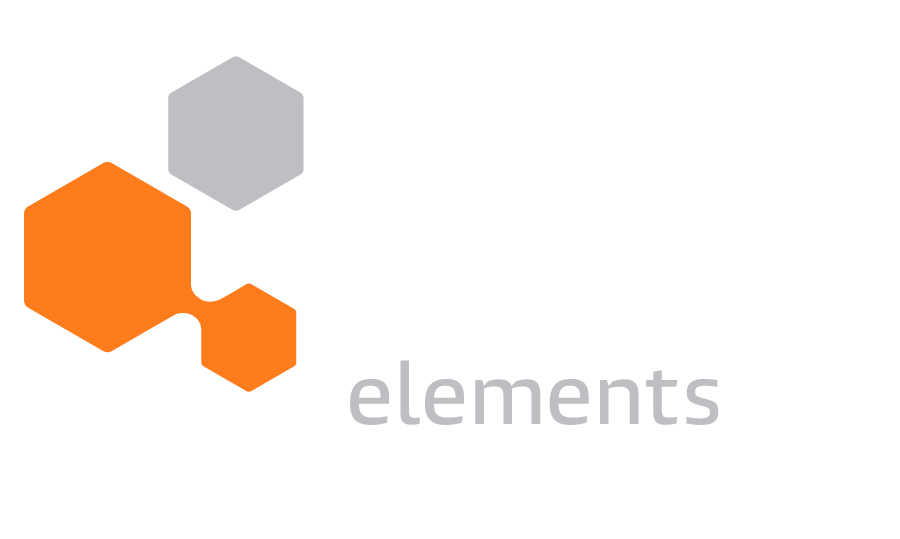General Health
How To Get Glucosamine Naturally
Glucosamine is a naturally produced compound that is found in the human body, including the cartilage, where it offers structural support [1]. Your body needs glucosamine to make a strong protein called aggrecan, which gives joint tissue its weight-bearing properties.
Another important structural nutrient in joints is chondroitin—a carbohydrate that promotes moisture retention and cushioning for various joints. Chondroitin provides these benefits by enhancing the production of hyaluronic acid and joint tissue-strengthening proteins while blocking the formation of destructive enzymes that can damage joint tissue [2].
Together, these two structural building blocks boost joint flexibility and mobility, target abnormal inflammatory responses, and minimize joint discomfort [3]. However, finding glucosamine and chondroitin naturally in food is difficult, as the sources for both of these compounds are limited.
Forte Joint Supplement is a doctor-formulated supplement that contains potent servings of glucosamine and chondroitin, along with essential vitamins, minerals, and other joint-reinforcing nutrients. The complete blend of joint-nourishing nutrients is an ideal addition to your regular intake of essential compounds for joint health.
If you’ve been wondering how to get glucosamine naturally, here’s a closer look at some natural sources.
Best Source of Glucosamine and Chondroitin
Shellfish such as lobster, crab, and shrimp naturally produce glucosamine in their shells, while the bone and bone marrow of animals, such as cows, chickens, goats, and lambs, are also natural sources [4]. Most people don’t eat the shells of shellfish, so glucosamine is typically extracted from the shells and combined with other compounds (e.g., chondroitin) to produce nutritional supplements, such as Forte Joint Supplement. Glucosamine is usually stabilized as a salt in the form of glucosamine sulfate, which is the type that is found in most supplements [4].
Chicken broth or any form of bone broth is another natural source of glucosamine, as any type of broth you consume is made from simmering animal bones in hot liquid. The long broth simmering process slowly extracts nutrients from the bones and leads to bone broth that is enriched with glucosamine, chondroitin, and protein. Consuming bone broth helps support healthy inflammatory and immune pathways that reinforce joint health [5, 6]. Nutrient-rich bone broth also heightens your body’s natural ability to create key proteins and chemicals that act as building blocks for joint tissue and protective fluid.
If you’re on a vegetarian or vegan diet or want to avoid animal-sourced glucosamine due to a shellfish allergy, seaweed also produces glucosamine.
Similarly, chondroitin is limited to a few sources such as shark and bovine (cow) collagen, whale septum, and porcine (pig) byproducts [7]. Certain seaweed extracts also contain chondroitin, offering a vegan, plant-based option.
There are no other known plant sources of chondroitin or glucosamine, and because seaweed is often described as a fungus, some argue that this source is not plant-based. The most common fungal source of glucosamine is called Aspergillus niger [8]. After extracting this structural compound from the fungus, it is further processed to create glucosamine hydrochloride, which is vegan- and vegetarian-friendly. This type of fungus is not associated with human disease, although it resembles the green-to-black mold that may develop on rotten fruits or vegetables (e.g., grapes, apricots, or onions).
Maintaining Glucosamine and Chondroitin Intake
As you get older, your body will start to produce less glucosamine and chondroitin, which may lead to age-related health issues such as osteoarthritis [9]. This makes it important to find a beneficial source of these two structural compounds, whether it is through your diet or supplements.
Currently, shellfish tops the list of chondroitin- and glucosamine-rich foods, but there are additional options for people who are allergic to shellfish or prefer vegan and vegetarian-friendly options. In addition to consuming natural sources of glucosamine and chondroitin in your diet, Forte Joint Supplement offers a boost of nutrients that help revitalize joint tissue daily.
Remember, the body uses glucosamine and chondroitin to create protein, chemicals, and enzymes that are responsible for building cartilage, tendons, and ligaments, as well as the protective fluid around your joints [9]. The thick fluid acts as a cushion that stops bones from rubbing together.
As people age, natural wear and tear of joint tissue in combination with the loss of glucosamine and chondroitin production can cause tissue to break down and become thinner. It also becomes harder for the body to produce cushioning fluid around the joints. This leads to discomfort, stiffness, and friction around the joints.
Consuming healthy amounts of glucosamine and chondroitin daily helps rejuvenate joint tissue (e.g., tendons, ligaments, cartilage) and balances fluid production for strong, flexible joints [9].
References
- Towheed T, Maxwell L, Anastassiades TP, et al. Glucosamine therapy for treating osteoarthritis. Cochrane Database Syst Rev. 2005;2005(2):CD002946.
- Pearle AD, Warren RF, Rodeo SA. Basic science of articular cartilage and osteoarthritis. Clin Sports Med. 2005;24:1-12.
- Magrans-Courtney T, Wilborn C, Rasmussen C, et al. Effects of diet type and supplementation of glucosamine, chondroitin, and MSM on body composition, functional status, and markers of health in women with knee osteoarthritis initiating a resistance-based exercise and weight loss program. J Int Soc Sports Nutr. 2011;8(1):8.
- Henrotin Y, Mobasheri A, Marty M. Is there any scientific evidence for the use of glucosamine in the management of human osteoarthritis? Arthritis Res Ther. 2012;14(1): 201.
- Hopkins AB. Chicken soup cure may not be a myth. Nurse Pract. 2003;28(6):16.
- Palacios C. The role of nutrients in bone health, from A to Z. Crit Rev Food Sci Nutr. 2006;46(8):621-628.
- Singh JA, Noorbaloochi S, MacDonald R, et al. Chondroitin for osteoarthritis. Cochrane Database Syst Rev. 2015;2015(1):CD005614.
- Allison CL, Moskaluk A, VandeWoude S, et al. Detection of glucosamine as a marker for Aspergillus niger: A potential screening method for fungal infections. Anal Bioanal Chem. 2021;413(11):2933-2941.
- Navarro SL, White E, Kantor ED, et al. Randomized trial of glucosamine and chondroitin supplementation on inflammation and oxidative stress biomarkers and plasma proteomics profiles in healthy humans. PLoS One. 2015;10(2):e0117534.

